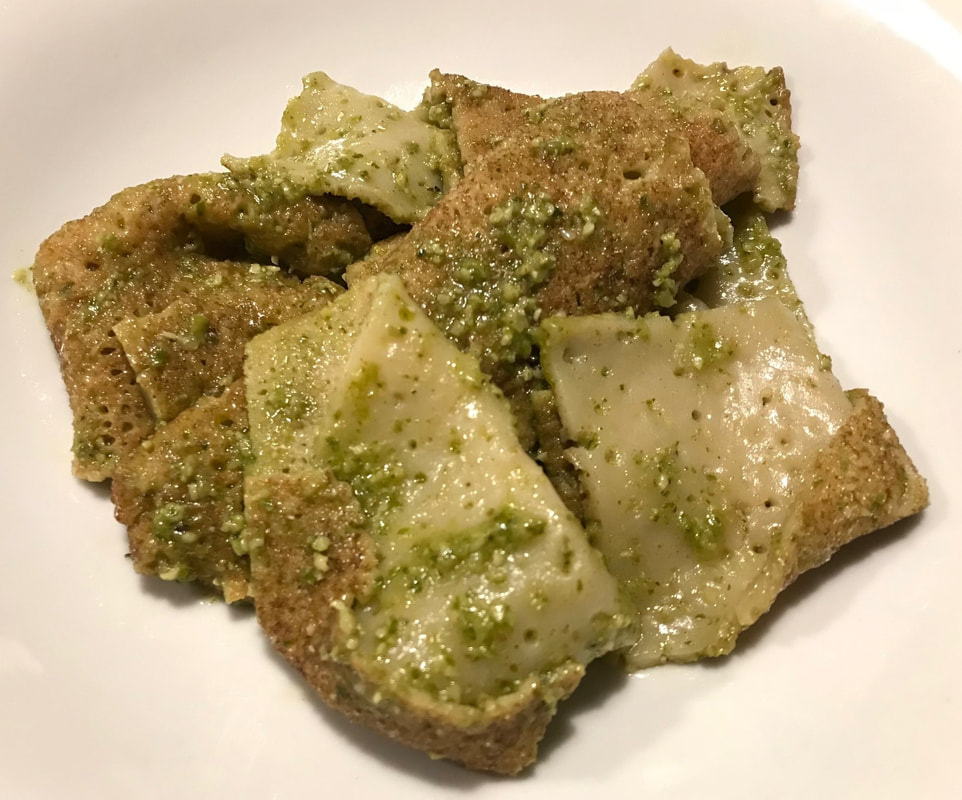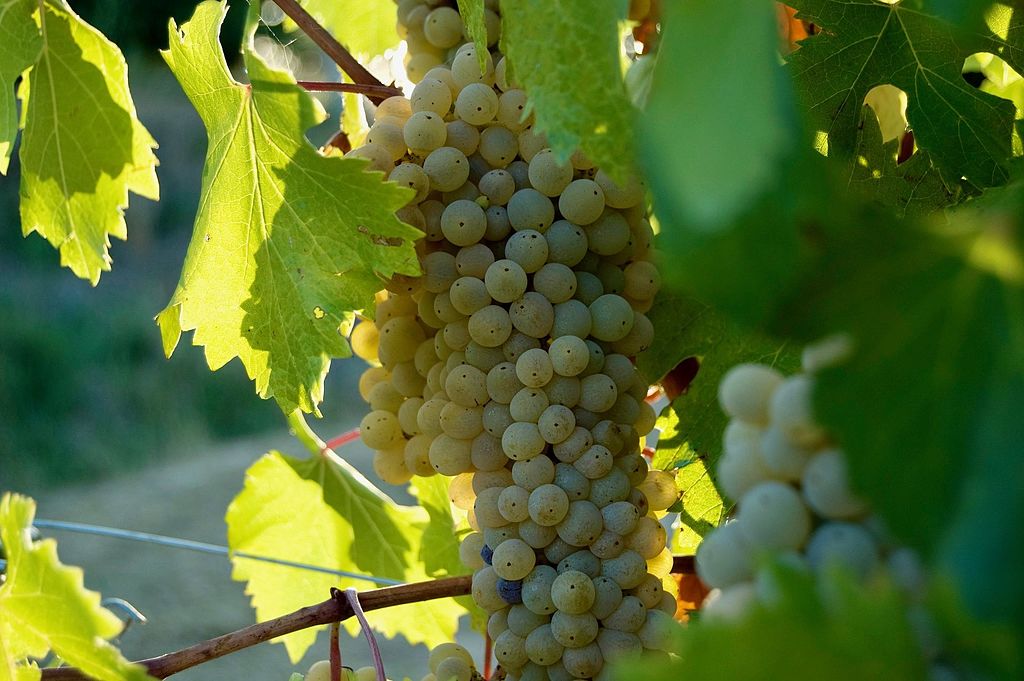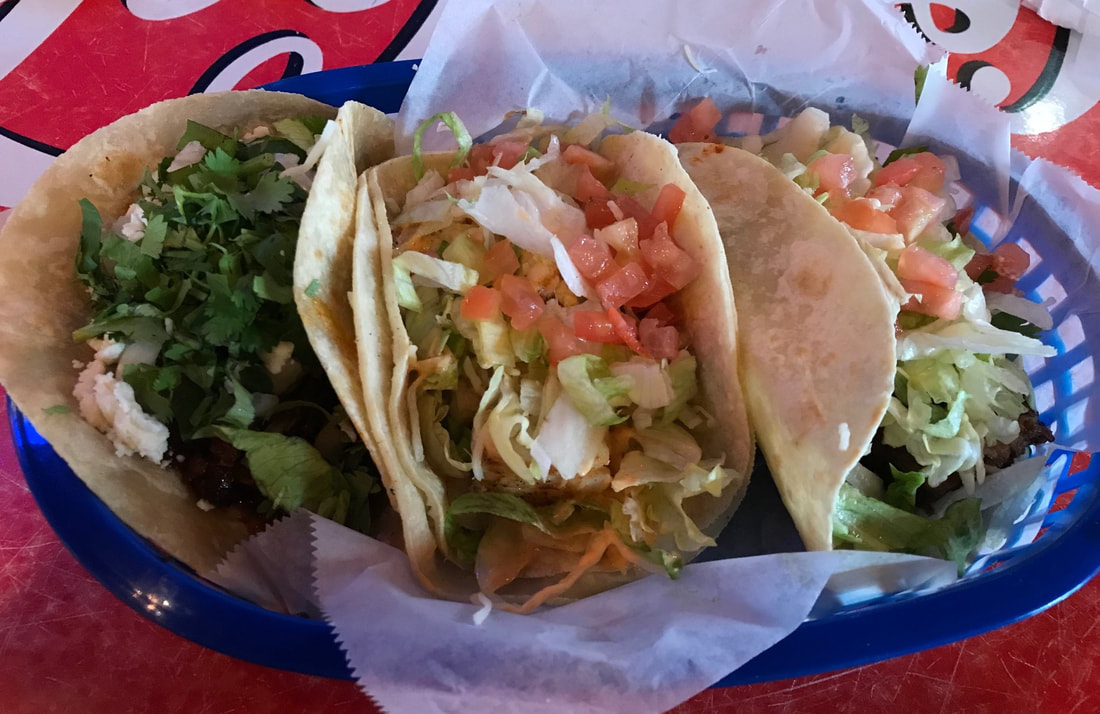I had heard of piadina and was intrigued mostly since I thought it was the precursor to the grilled pizza in this country, created by the lauded and oft-televised Al Forno restaurant in Providence, Rhode Island during the 1980s. But, I had never had one, nor seen one, for that matter. I had never been to Romagna, the eastern portion of the Emilia-Romagna region – where the piadina hails – and only very briefly to Emilia, the western part of the Emilia-Romagna region. The piadina is also found in northern parts of neighboring Marche, though I did not spot any while there some years ago.
So, while in Parma recently as we were wandering around the busy pedestrian streets near the city’s touristy heart, Piazza GaribaldiI on the first afternoon, I was actually excited when I espied the fairly tiny, tidy storefront called La Piadineria that serves inexpensive piadina.
I had expected that the piadina was a flatbread-like pizza, sort of like the ones at Al Forno, but an Italian quesadilla was the apt description for how it looked. Featuring a (very) flat bread that looked just like a flour tortilla and is folded in half over ingredients that seemingly always include some type of cheese, the piadinas served at La Piadiniera, part of a chain of nearly 200 restaurants mostly in northern Italy, looked a whole lot like an Italian quesadilla.
When we returned for a meal the next day, I found that the flatbread portions of the piadinas, technically the piadinas, tasted similar to a flour tortilla to me. That is not too surprising, as these are made with white flour, water, salt and wonderful lard, just like tasty flour tortillas are, and cooked on a flat griddle. Among the thirty or so choices at La Piadiniera, I ordered The Legend that was filed with prosciutto crudo, arugula and something called squacquerone, another Italian foodstuff about which I was not familiar. In fact, I had never even heard of it, nor was comfortable trying to pronounce it. I had kind of figured that it was likely a cheese, and it is, a soft, spreadable mild, but a bit tart, cow’s milk cheese that is a common filling in a piadina. Overall, not just in appearance, the piadina I ordered reminded me of a quesadilla done in a lighter, fresh-tasting Italian-style. I really enjoyed it. And, it was just €4.20 or so, tough to pass up when you are in that part of Parma when you want a cheap lunch or are in the need for some sustenance when it’s been a long time between meals.
My brother thought so much of it that he returned before we left Parma for a post-meal meal.






 RSS Feed
RSS Feed

